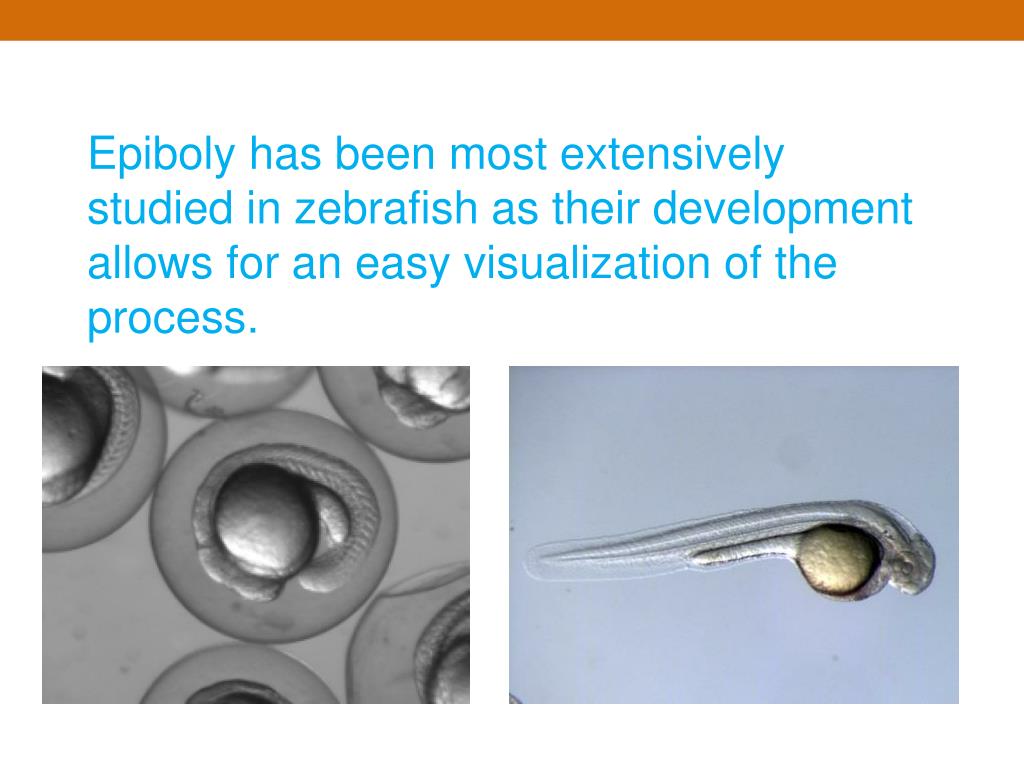

In humans the perforation of the mouth and anus happen at 4 weeks and 8 weeks respectively. An alternative way to develop two openings from the blastopore during gastrulation, called amphistomy, appears to exist in some animals, such as nematodes. The genes employed in the embryonic construction of the flatworm mouth are the same as those expressed for the protostome and deuterostome mouth, which suggests that the structures are equivalent homologous, and that the older ideas about protostome mouth formation were correct. Acoelomorpha, which form a sister group to the rest of the bilaterian animals, have a single mouth that leads into a blind gut (with no anus). More recent research has shown that our understanding of protostome mouth formation is somewhat less secure than we had thought. It was originally thought that the blastopore of the protostomes formed the mouth, and the anus was formed second when the gut tunneled through the embryo. In deuterostomes, the original dent becomes the anus, while the gut eventually tunnels through the embryo until it reaches the other side, forming an opening that becomes the mouth. This dent, the blastopore, deepens to become the archenteron, the first phase in the growth of the gut. In animals at least as complex as an earthworm, a dent forms in one side of the early, spheroidal embryo. Filter feeding.The embryological origin of the mouth and anus is an important characteristic, and forms the morphological basis for separating bilaterian animals into two natural groupings: the protostomes and deuterostomes.

Ovoviviparous producing living young from eggs that hatch within the body Microfilaria infective larva of worms that reside in the bloodstream or tissue Rotifera Microscopic rotifers pseudocoelom. Gravid PREGNANCY Microtriches hairlike surface structures that absorb nutrients in tapeworms Primary Host the host from which the adult parasite gets its nourishment and in which sexual reproduction occurs Secondary Host the organism in which the asexual or immature form of a pathogen lives Bladderworm larval tapeworm parasite found encysted in the host Nemertea proboscis worms or ribbon worms lack a true ceolom but they have an alimentary cannal Rhynchocoel cavity which is true Coelom, completely lined with mesoderm that is inverted in Phylum Nemertea to be Proboscis Proboscis the long snout of an animal a nose, especially a prominent one a tubular organ Complete gut tubelike, digestive tracts with two opeings for continuous food processing, pften through specialized regions Nemetoda round worms Pseudocoel A body cavity that is not completely lined by tissue derived from mesoderm Trichinosis A type of roundworm infection that may occur when raw or undercooked meat from an infected animal is eaten. Pharynx Also known as the throat Scolex head of an adult tapeworm can contain suckers or hooks Proglottid one of the segments that make up most of a tapeworm's body Strobila The chain of proglottids constituting the bulk of the body of adult tapeworms considered y some to include the entire body, including the head, neck and proglottids.


 0 kommentar(er)
0 kommentar(er)
